Archives
- 2025-10
- 2025-09
- 2025-03
- 2025-02
- 2025-01
- 2024-12
- 2024-11
- 2024-10
- 2024-09
- 2024-08
- 2024-07
- 2024-06
- 2024-05
- 2024-04
- 2024-03
- 2024-02
- 2024-01
- 2023-12
- 2023-11
- 2023-10
- 2023-09
- 2023-08
- 2023-07
- 2023-06
- 2023-05
- 2023-04
- 2023-03
- 2023-02
- 2023-01
- 2022-12
- 2022-11
- 2022-10
- 2022-09
- 2022-08
- 2022-07
- 2022-06
- 2022-05
- 2022-04
- 2022-03
- 2022-02
- 2022-01
- 2021-12
- 2021-11
- 2021-10
- 2021-09
- 2021-08
- 2021-07
- 2021-06
- 2021-05
- 2021-04
- 2021-03
- 2021-02
- 2021-01
- 2020-12
- 2020-11
- 2020-10
- 2020-09
- 2020-08
- 2020-07
- 2020-06
- 2020-05
- 2020-04
- 2020-03
- 2020-02
- 2020-01
- 2019-12
- 2019-11
- 2019-10
- 2019-09
- 2019-08
- 2019-07
- 2019-06
- 2019-05
- 2019-04
- 2018-11
- 2018-10
- 2018-07
-
Bortezomib (PS-341): Decoding Proteasome Inhibition and M...
2025-09-29
Explore how Bortezomib (PS-341), a leading reversible proteasome inhibitor, uniquely links 20S proteasome inhibition to metabolic signaling and pyrimidine salvage pathway regulation. This article unveils advanced insights for multiple myeloma and lymphoma research far beyond apoptosis assays.
-
Bortezomib (PS-341): Redefining Proteasome Inhibition for...
2025-09-28
Explore the advanced role of Bortezomib (PS-341) as a reversible proteasome inhibitor in cancer therapy research. This in-depth analysis uniquely bridges molecular proteostasis, mitochondrial metabolic regulation, and state-of-the-art apoptosis assays for multiple myeloma and mantle cell lymphoma.
-
MG-132: Advanced Proteasome Inhibition for Autophagy and ...
2025-09-27
Discover how MG-132, a potent proteasome inhibitor peptide aldehyde, unlocks new frontiers in apoptosis research, disease modeling, and autophagy studies. This article uniquely integrates recent mechanistic insights and practical applications for cutting-edge biomedical research.
-
MG-132: Pioneering Precision in Proteasome Inhibition and...
2025-09-26
Explore the multifaceted role of MG-132, a potent proteasome inhibitor peptide aldehyde, in dissecting ubiquitin-proteasome system inhibition, apoptosis, and autophagy. This in-depth guide uniquely connects MG-132's molecular actions to current neurobiology breakthroughs and advanced cancer research.
-
Tamoxifen: Unveiling Noncanonical Mechanisms in Inflammat...
2025-09-25
Explore the cutting-edge roles of Tamoxifen, a selective estrogen receptor modulator, in immune modulation and chronic inflammation. This article uniquely integrates antiviral, gene knockout, and kinase inhibition functions with insights from recent T cell research, offering novel perspectives beyond traditional breast cancer research.
-
EZ Cap EGFP mRNA 5-moUTP: Engineering Translational Preci...
2025-09-24
Explore the unique role of EZ Cap EGFP mRNA 5-moUTP in engineering translational precision for immuno-oncology. This in-depth analysis reveals how advanced capping, 5-moUTP, and poly(A) tail enhancements synergize for robust mRNA delivery and immune evasion, setting new standards beyond current literature.
-
A 83-01 in Intestinal Organoid Research: Mechanistic Insi...
2025-09-23
Explore the mechanistic role of A 83-01, a selective TGF-β type I receptor inhibitor, in enhancing the fidelity and utility of human intestinal organoid models for pharmacokinetic and epithelial-mesenchymal transition (EMT) research.
-
br Conflict of interest statement
2025-03-03
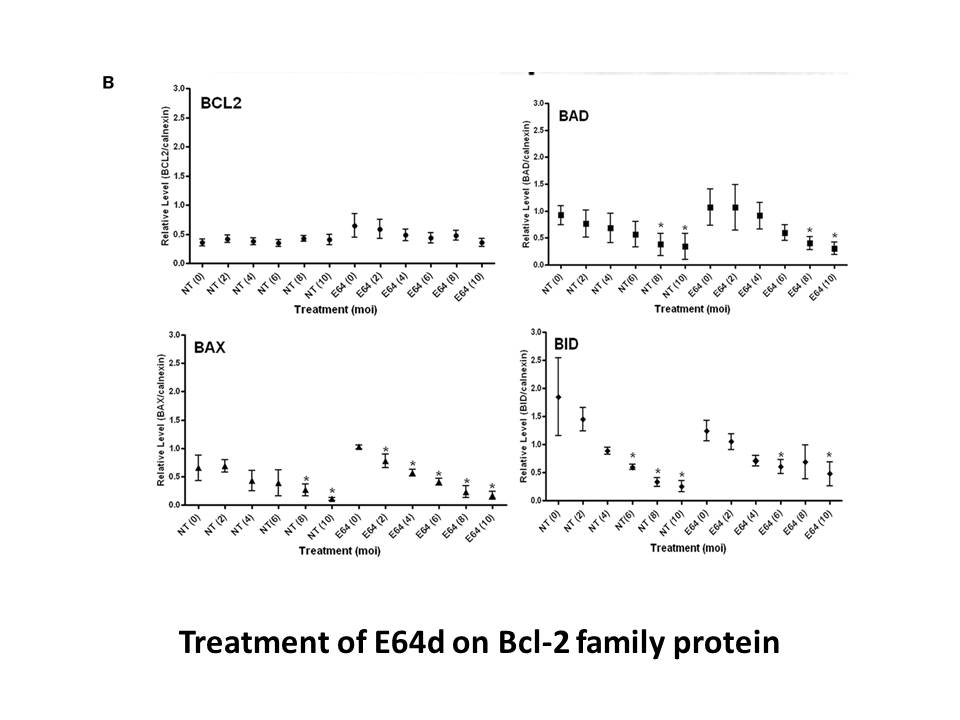
Conflict of interest statement Introduction Currently, adenocarcinoma is the most common histological subtype of lung cancer. Activating mutations and translocations with a potential for targeted therapy are reported predominantly in non-smokers. ALK rearrangement is found in less than 5% of u
-
br Discussion To our knowledge
2025-03-03
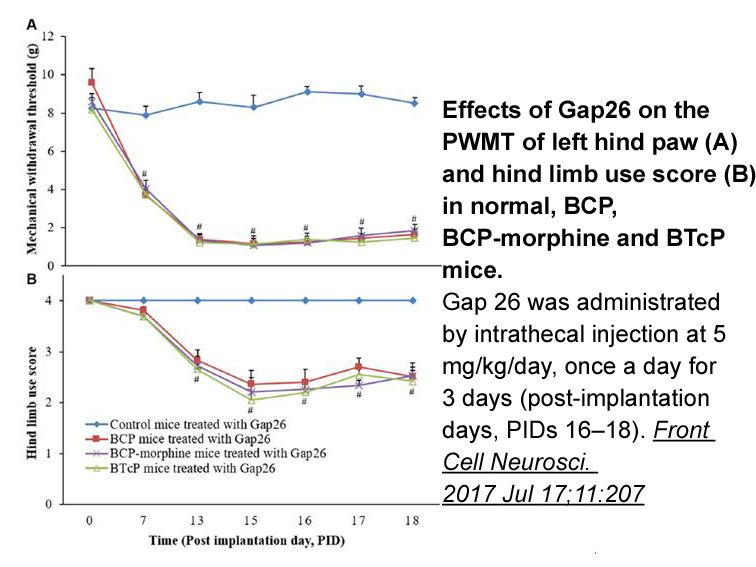
Discussion To our knowledge, this is the first case report that demonstrates the presence of a novel T1151K ALK mutation in a patient with disease progression after crizotinib and then ceritinib. As early as 2011, Zhang et al. identified T1151K among other resistance mutations to crizotinib in Ba
-
br Discussion Missense mutations transversions
2025-03-03
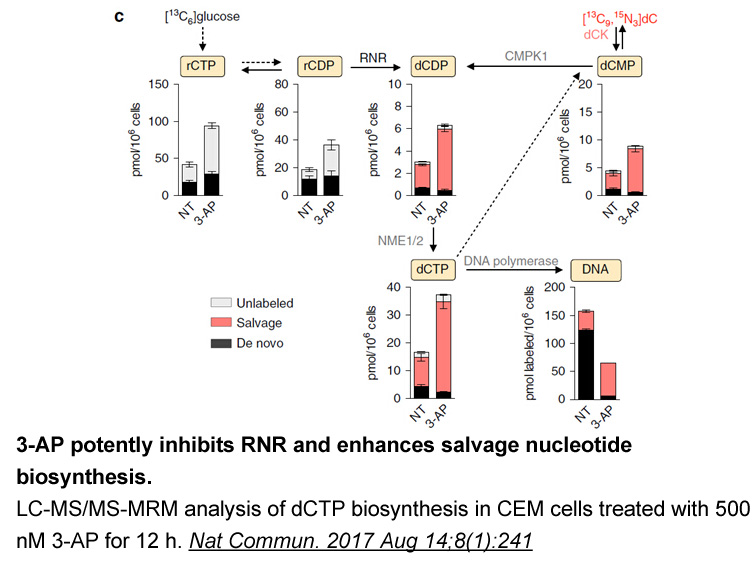
Discussion Missense mutations (transversions) of the first nucleotide of the phenylalanine Cy3-streptavidin labeling at position 1174 (F1174) of the anaplastic lymphoma kinase gene can result in substitutions to leucine or valine (F1174L/V) while missense mutation (transversion) of the second nu
-
br Acknowledgements br Introduction Diabetic complications a
2025-03-03
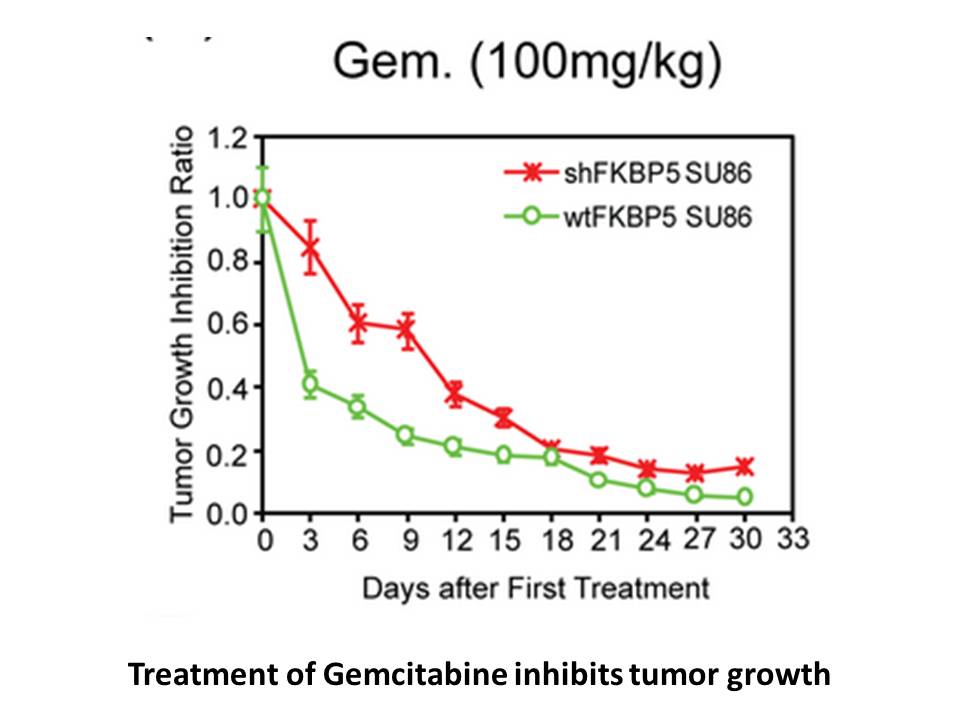
Acknowledgements Introduction Diabetic complications are responsible for increased morbidity and mortality of diabetic patients. Increased flow of Calmidazolium chloride receptor through the polyol pathway under conditions of hyperglycemia contributes to the development of diabetic complicati
-
FAK Inhibitor 14 Our findings establish a critical link betw
2025-03-03

Our findings establish a critical link between HemAC-Lm dimeric structure and cAMP synthesis that helps in explaining how globin-A domain influences AC domain. The following possible homodimeric structure of wild type full length HemAC-Lm has been proposed to explain the role of this globin-A domain
-
PAN induced nephrosis was accompanied by loss of
2025-03-03

PAN-induced nephrosis was accompanied by loss of body weight, decrease of food intake, increase in urine volume and increases in triglycerides and cholesterol levels, which have been reported previously (Natori et al., 1996). Except for urine volume, each one of these measures was improved by A-3069
-
Isoxsuprine hydrochloride The altered frequency of CD T cell
2025-03-03
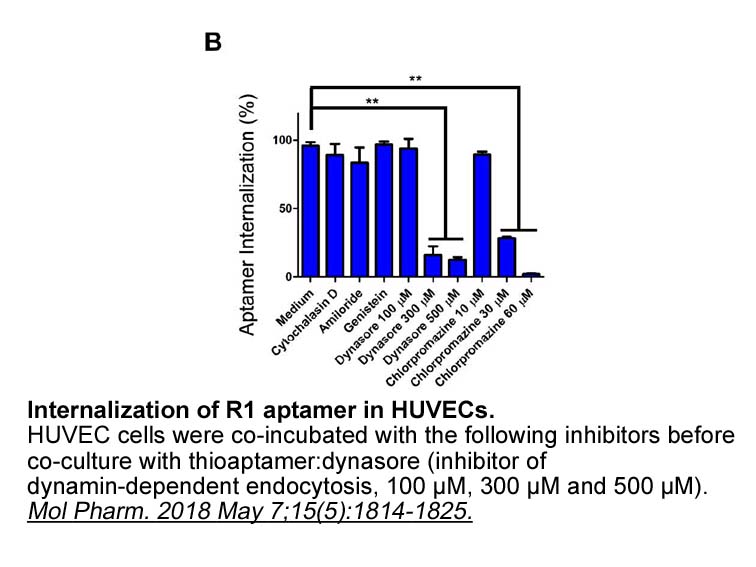
The altered frequency of CD4+ T Isoxsuprine hydrochloride in 5-LO−/− mice led us to hypothesize that these leukocytes could be exerting a primary control of the inflammatory response. In fact, the lack of 5-LO resulted in the accumulation of CD4+CD25+ cells expressing Treg markers. It is plausible t
-
Experimentally the ECD spectrum of showed three
2025-03-01
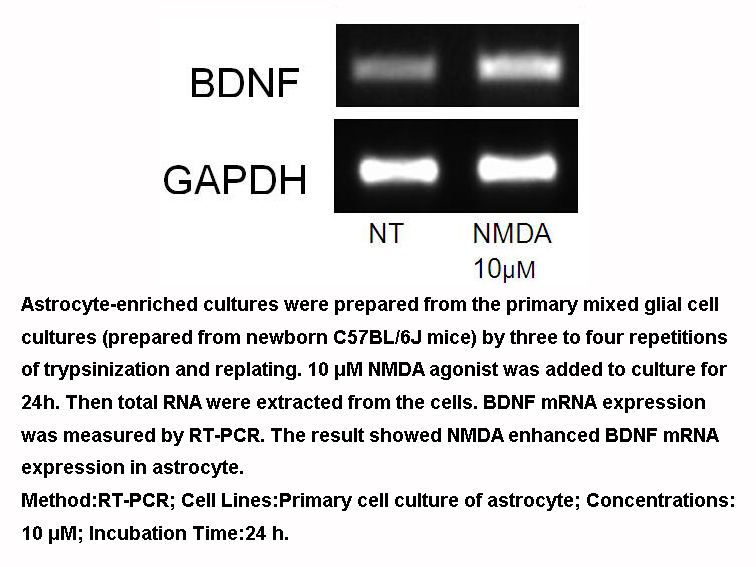
Experimentally, the ECD spectrum of 1 showed three ECD bands: positive ones at 260 and 200nm, and a negative one at 230nm (Fig. 4). Meanwhile, there is only one broad positive ECD band starting from 300nm in the ECD spectrum of 2. ECD spectra of 1 and its derivatives attracted great interest because